- VMware
- 14 February 2020 at 09:59 UTC
-

When you want to install VMware Tools on a Windows virtual machine or a Windows Server virtual server with GUI, installing VMware Tools is very easy.
Nevertheless, on Linux, this is often complicated because you will have to go through the command line.
Tutorial tested on Debian and Ubuntu 18.04.
- Installing packages : open-vm-tools and open-vm-tools-desktop
- Installing VMware Tools to support VMware shared folders
1. Installing packages : open-vm-tools and open-vm-tools-desktop
If you look at the VMware site, you will see that VMware recommends installing the package available for most Linux distributions.
This makes installing your virtual machine drivers very easy.

Indeed, all you have to do is obtain root rights with the "su -" command (don't forget the "-" !).
Bash
su -
Then, install the "open-vm-tools" package.
Bash
apt-get install open-vm-tools
Plain Text
... Suggested packages: open-vm-tools-desktop cloud-init ...
Note that installing the "open-vm-tools" package only will not allow you to benefit from all the features of the classic VMware Tools.
As stated in the official VMware documentation, you will also need to install the "open-vm-tools-desktop" package if you want to take advantage of these features :
- copy/paste
- drag and drop
- automatic resizing of the guest OS according to the size of the window on the host PC
Bash
apt-get install open-vm-tools-desktop
Important : it's more and more common that these packages are already installed in Linux distributions.
2. Installing VMware Tools to support VMware shared folders
With these 2 packages installed in seconds, you'll be able to use almost all the features offered by standard VMware Tools with one exception : VMware file sharing support (available in the virtual machine settings).
Update : since version 16 of VMware Workstation, the "VM -> Reinstall VMware Tools" option is grayed out after installing the "open-vm-tools" and "open-vm-tools-desktop" packages.
However, support for VMware shared folders is now supported by these Linux packages since this new version of VMware Workstation. So, installing VMware Tools in the Linux guest OS is no longer necessary in this case.
As stated on the VMware site, if you want to use this feature, you will need the vmhgfs driver which is not included by default in Linux distributions and in the "open-vm-tools" and "open-vm-tools-desktop" packages.
To install this driver, you will need the classic virtual CD of VMware Tools.
To begin, insert the VMware Tools virtual CD through the "VM -> Install VMware Tools" menu of VMware Workstation.

Then, open a terminal and type these commands.
Mount the virtual CD on the "/mnt/cdrom" mount point.
Bash
mkdir /mnt/cdrom mount /dev/cdrom /mnt/cdrom
List the files of this virtual CD by typing this command :
Bash
ls /mnt/cdrom
Plain Text
manifest.txt VMwareTools-10.3.2-9925305.tar.gz vmware-tools-upgrader-64 run_upgrader.sh vmware-tools-upgrader-32
Uncompress the file "VMwareTools-xx.x.x-xxxxxxx.tar.gz" in the temporary directory of your Linux distribution.
Bash
tar xzvf /mnt/cdrom/VMwareTools-10.3.2-9925305.tar.gz -C /tmp/
Go into the "vmware-tools-distrib" folder of the uncompressed file.
Bash
cd /tmp/vmware-tools-distrib/
Start the installation of VMware Tools with the default options (thanks to the "-d" param).
This will save you from pressing Enter for the ten or so questions asked.
Bash
./vmware-install.pl -d
During the installation, you will see a message that tells you that VMware shared folders will now work.
Plain Text
The VMware Host-Guest Filesystem allows for shared folders between the host OS and the guest OS in a Fusion or Workstation environment. Do you wish to enable this feature? [yes] INPUT: [yes] default
And this will be displayed at the end :
Plain Text
The configuration of VMware Tools 10.3.2 build-9925305 for Linux for this running kernel completed successfully. Enjoy, --the VMware team
Finally, restart your virtual machine using this command :
Bash
reboot
Tutorial based on the official procedure provided by VMware : Installing VMware Tools in an Ubuntu Virtual Machine (1022525)
Share this tutorial
To see also
-
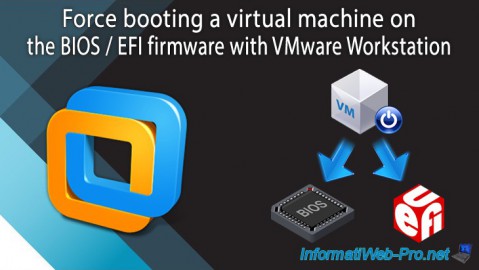
VMware 3/16/2013
VMware Workstation - Boot a VM on the BIOS / EFI firmware
-
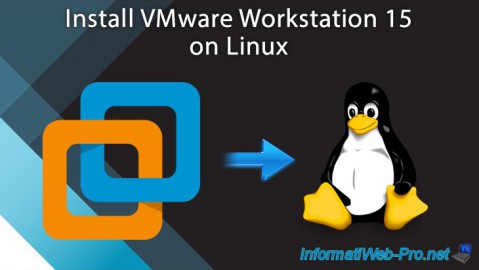
VMware 2/7/2020
VMware Workstation 15 - Installation on Linux
-
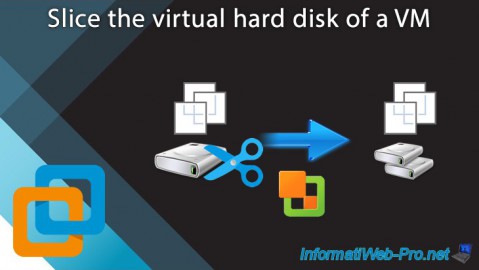
VMware 12/24/2021
VMware Workstation 15 - Slice the virtual hard disk of a VM
-
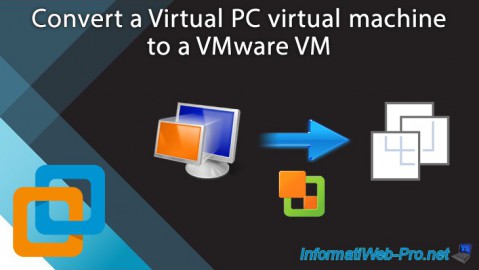
VMware 12/10/2021
VMware Workstation 15.5 - Convert a Virtual PC virtual machine to a VMware VM

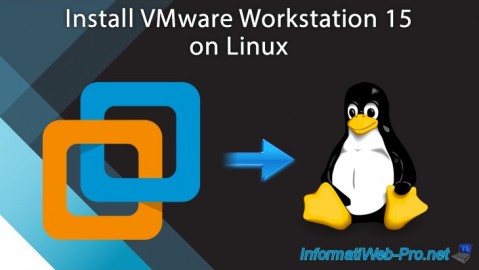
You must be logged in to post a comment